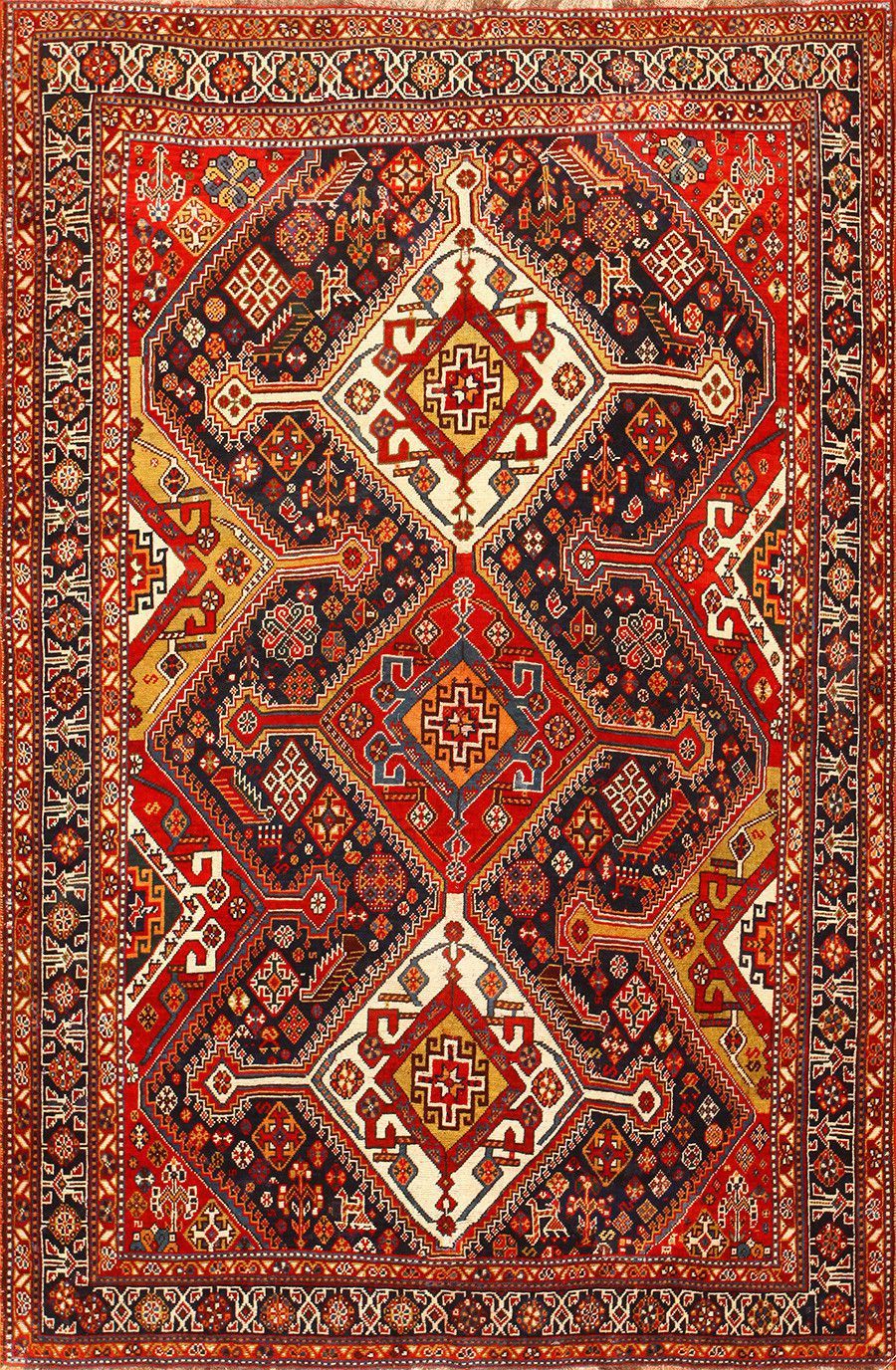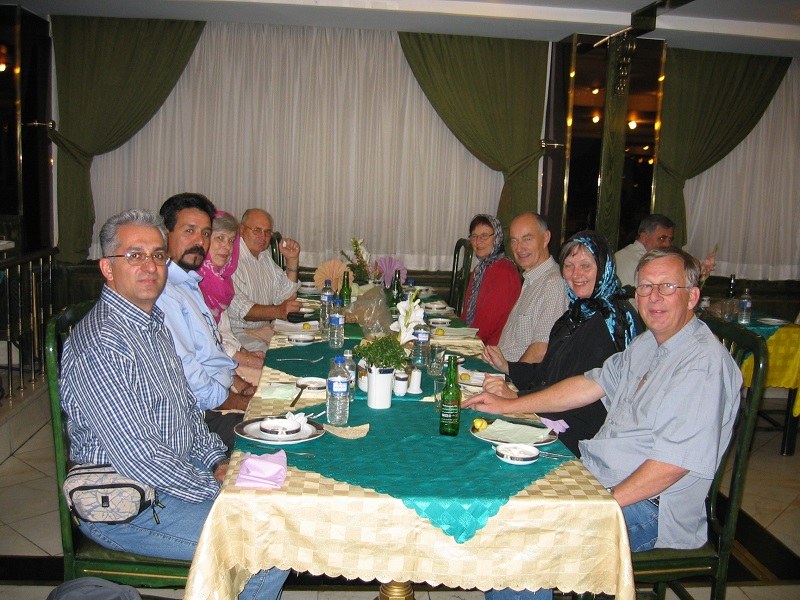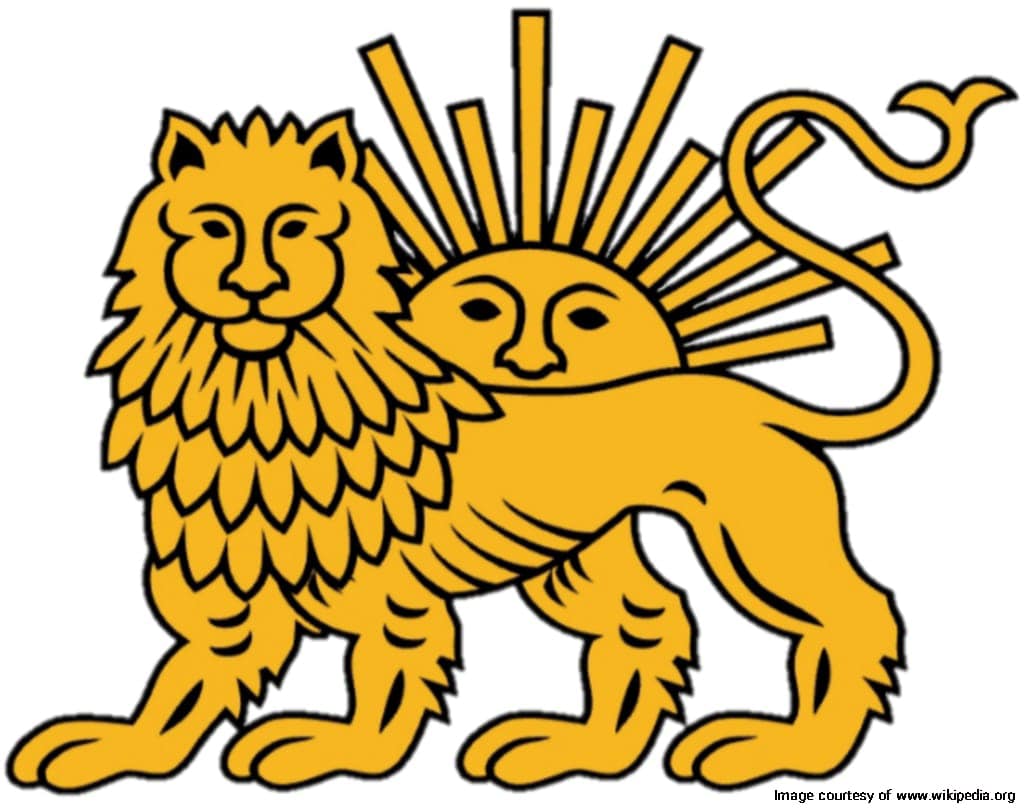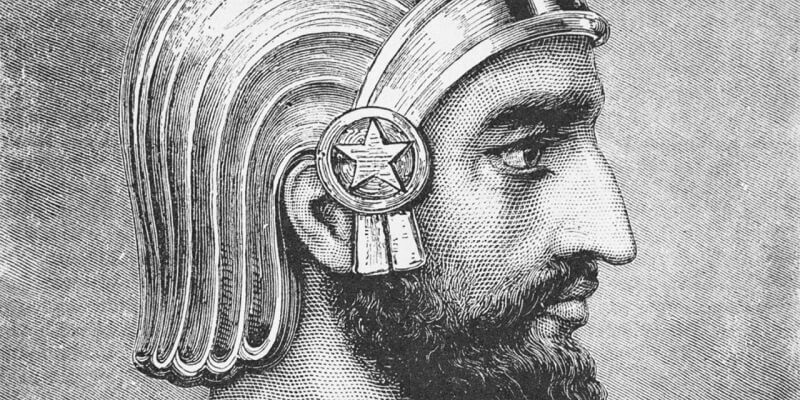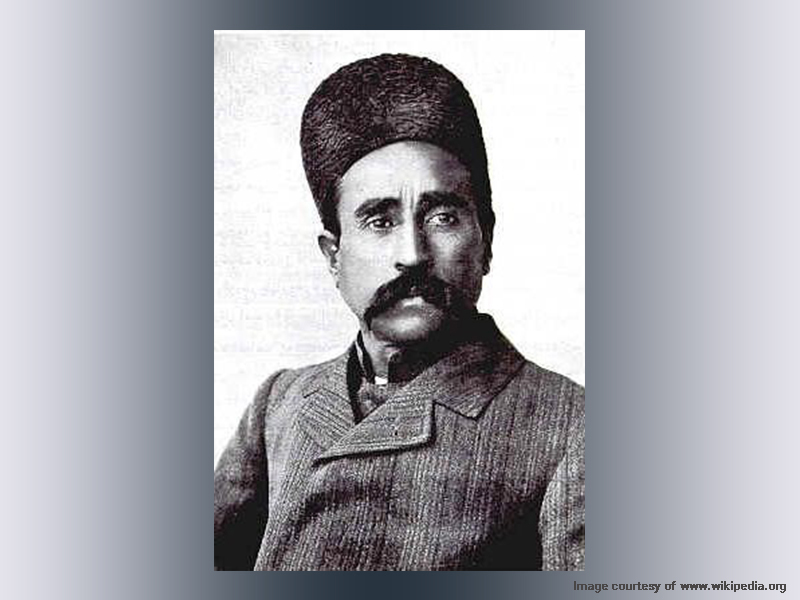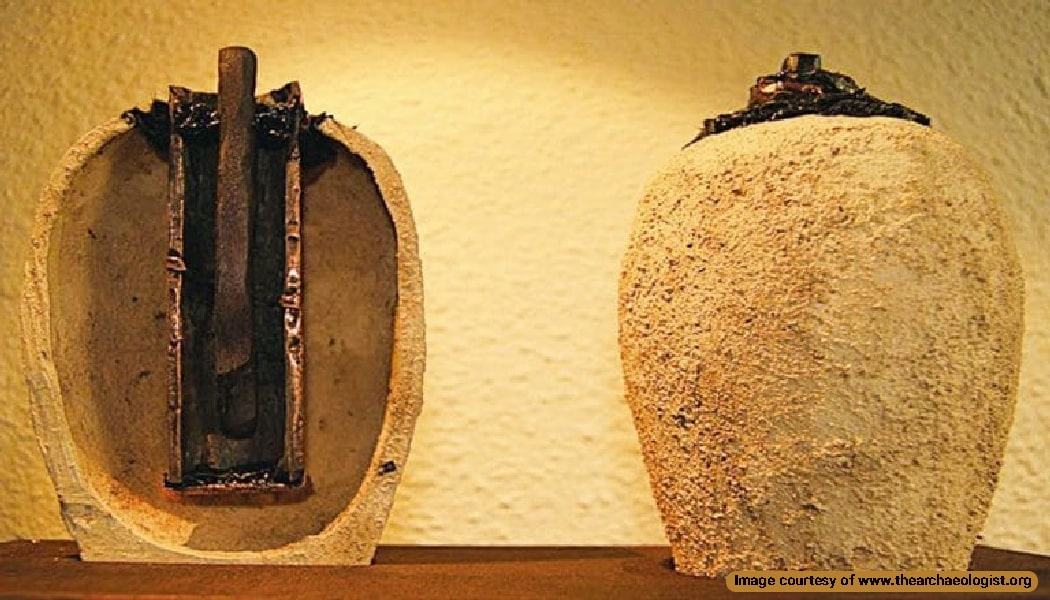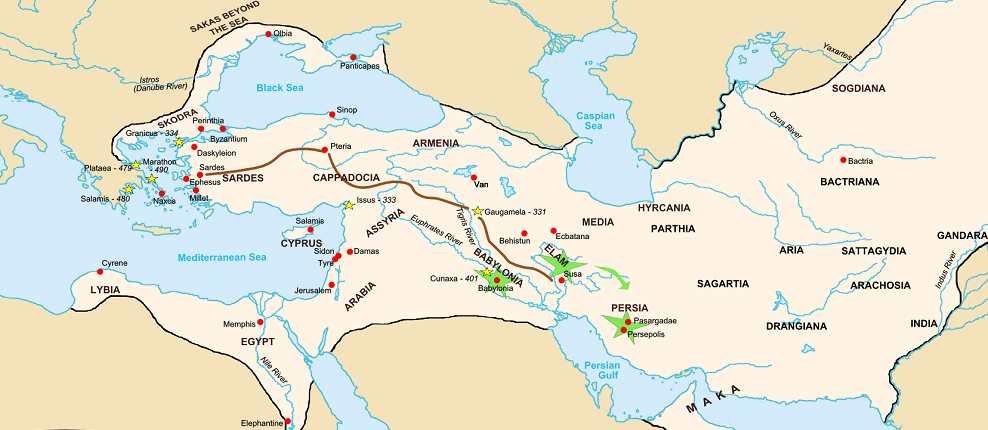
Before anything else, the history of Achaemenians must start with Cyrus the Great. He was the founder of this dynasty and the creator of the country later known as Iran.
The beginning of The History of Achaemenians
To the Medes, Cyrus was a reconciling savior, not a usurping rebel. Since 730 B.C, the family of Cyrus had been kings in Anshan, Elam Territories, and governors in Parse, central Iran, on the part of the Median kings. Having ruled as a king in Anshan, Cyrus ascended the Achaemenians’ throne as a conqueror, emperor, savior and the first king in the history of the world entitled as “The Great”. The world under his reign needed human brotherhood, tolerance, and unity more than anything else. He was the ideal person to help this come true.
The situation in the Eastern World
Assyria had collapsed. Babylonia had been entangled by the domestic problems. Urartu and Elam had been eliminated from the scene of history. Jews had been drowned in their dispersion, corruption, and disintegration and enslaved, exiled and wandered by Babylonians. The Pharaoh of Egypt had lost its divine power in the western part of his territory and been recognized as such only around the Nile valley.
The Eastern world significantly required a fresh power pioneering a new style of ruling to help humanities out of the dominating oppression, plunder, and brutality deadlock. Cyrus the Great quenched this thirst of his time. When he dethroned Astyages, Cyrus the Great united Persians with Medes and founded the first central government in ancient Iran.
• Challenges before Cyrus the Great
Lydia, Egypt, and Babylonia were the united enemies against whom Cyrus the Great had to fight. He managed to bring those countries together with their territories under his rule.
Scythians and Huns were the non-civilized tribes who were considered a major threat not only for Iranians but also for the whole settled world if they could have passed through Iran. He was so occupied with combating these tribes that he had to spend a great amount of his time facing this threat. Ultimately, he died during one of the battles against them in 529 B.C.
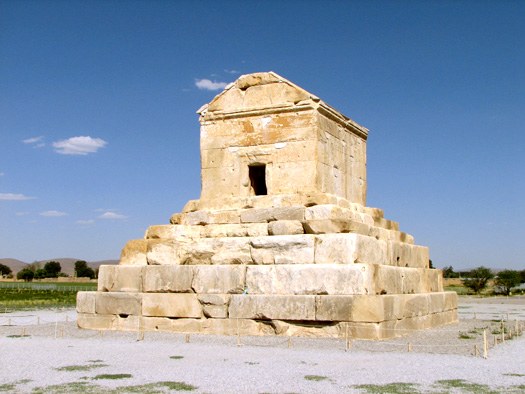
• Cambyses’ Achievement
Unlike his father, Cambyses didn’t have the same temperament and attitude. The sole achievement of Cambyses could be referred to as the conquest of Egypt. He had almost spent most of his ruling period mobilizing for this attack. He succeeded to gain control over all parts of Egypt.
Then, he heard of the rebellions in various parts of Iran. Each of those rebels introduced himself as one of the sons of Cyrus the Great to be able to succeed him. Cambyses confessed he had killed his brother after coming to power and prior to the military expedition to Egypt because he had not wanted any competition for power. Six months later, he set off toward Iran but never reached there.
• Darius the Great
The head of those rebels was a clergyman among the magi called Gaumata. From among the same royal family, a noble called Darius crushed all rebellions in all parts of the empire including that of Gaumata. It took him one year to suppress 19 rebellions of that kind in Iran. With the same method of Cyrus the Great, Darius the Great continued ruling Iran. He observed the policy of tolerating different religions, reconstructing the country and eliminating oppression.
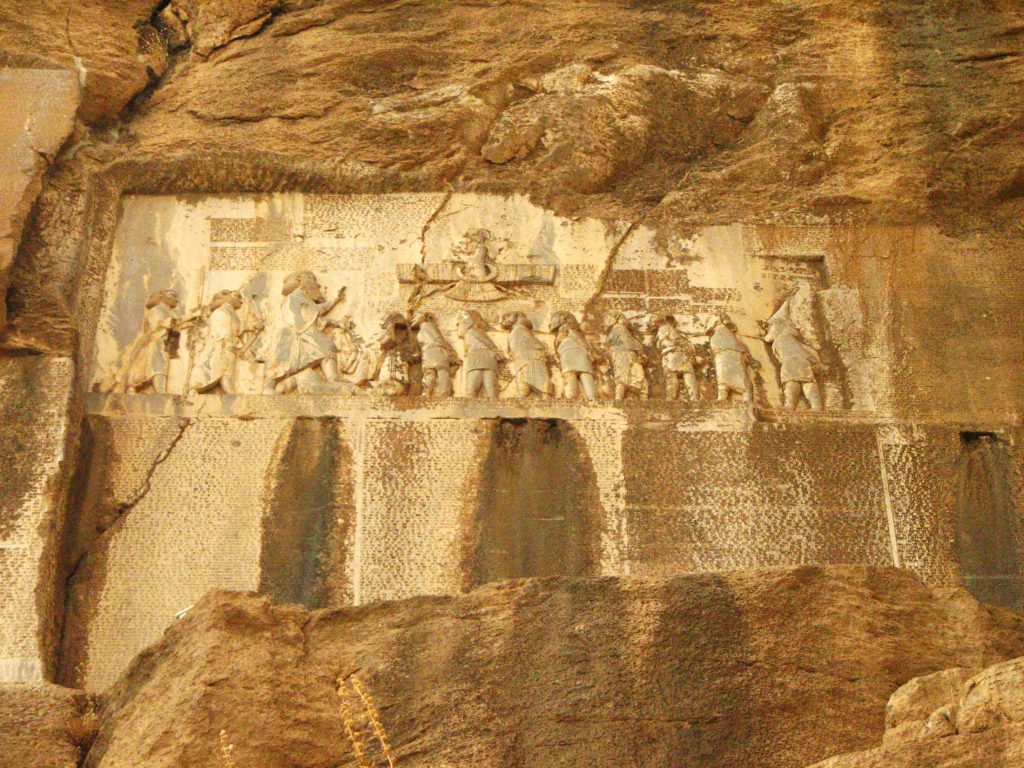
He declared Susa, the capital of Elamites, the winter capital and Ecbatana, the capital of Medians, the summer capital. He ordered the construction of Persepolis as the ceremonial complex of palaces. His ruling system had made an active disciplined administration out of Achaemenian government. At the end of his reigning period, around 29 nations came to Persepolis to pay homage to the emperor of a vast country once a year.
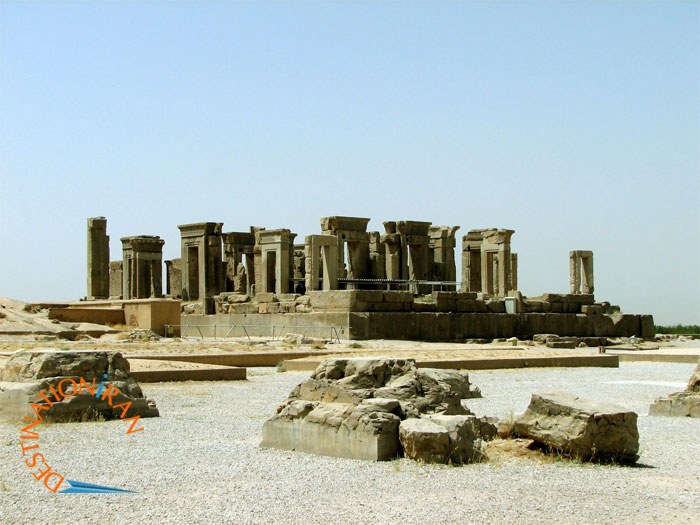
• Xerxes, Son of Darius the Great
He was somewhat trained and brought up in the harem and influenced by the collusions of women and eunuchs. Besides, he lacked his father’s determination and temperament.
What he accomplished were suppressing the rebels in Egypt and defeating Greece, which was two major challenges he had confronted with right from the beginning of his taking office. In Egypt, he went too far in giving a lesson to the rebels and formed a Persian province out of that country.
In Babylonia, likewise, he went beyond what wisdom and expedience demanded. In Greece, he set Athens on fire, which exceeded the moral borders of Achaemenians’ policies.
Having accomplished his missions, Xerxes returned to his capital and spent the rest of his life in his harem. Finally, he was killed in his bed and became a victim of his women and eunuchs’ plot.
Decline of Achaemenians
After the death of Xerxes, the moral decline led Achaemenians on the verge of disintegration. Parricide became common at the court by those who strived for power. The spirit of compromise, collusion, plotting, and conspiracies had replaced military discipline and combativeness.
Even under Darius II, during the war between Athens and Sparta, the king was spending a lot of his financial resources to keep them fighting each other so that he could live in peace. The very same policy ended in the Iranian army losing its combativeness power as a result of staying in no-war condition and laziness. The policy of benevolence has given way to brutality and stone-heartedness. Other religions were not tolerated anymore.
• Alexander the Macedonian
It was just a while before Darius III ascending to the Achaemenian throne that Phillip, the Macedonian king was mysteriously killed and his son, Alexander replaced him. Like his father, he had the vision of conquering Asia. Darius III was a well-experienced ruler who managed to crush the rebellions in Egypt.
On the way back home, the people of Athens asked him for help against Alexander, but he arrogantly gave them a cold shoulder. Because of his refraining from helping the people of Athens, Alexander succeeded in the conquest of all of Greece.
The same year, Alexander passed through the Dardanelles with 40,000 troops. Thus, it became inevitable for Darius III to encounter him in the battlefield. Alexander won two major battles against Iranian army at Issus in 333 B.C. Darius III fled and the way was paved for Alexander to attack other territories and proceed to the heart of the Persian Empire. Darius III received a deadly wound by one of his companions while leaving Rey toward East, which finally caused his death.
• Alexander’s Character in Iran
Alexander invaded Susa and plundered its wealth. He treated other cities of the empire the same way. He also set the unique Persepolis palace complex on fire after he took away all its books and looted its unparallel treasury, which was beyond anyone’s imagination.
He devastated all civilizations in its way in the Persian Empire and showed no tolerance facing different opinions. He built nothing on the ruins of the destroyed settlements there. In general, he did not carry out anything proving he had really been in search of materializing a vision to mix Persian and Hellenistic culture.
Collapse of Achaemenians
The Empire of Achaemenians came to an end by Alexander’s invasion. The fall of this ruling system was the end of the most complete example of a well organized and integrated empire in the East. Not only in terms of its vast territories but as its administration system was also concerned, the Persian Empire had no rivals.
The manifestation of this organization could have been seen in its judicial system, the network of roads, mailing service, minting coins and using it, building barracks, supervising governors’ functionalities and the precision in their treatment of the empire’s budget.
The legacy of Macedonians was founding a new dynasty called Seleucids in Iran that treated Iranians like second citizens in their own countries. Obviously, this couldn’t gain popularity and support on the part of the local people and was doomed to failure.






